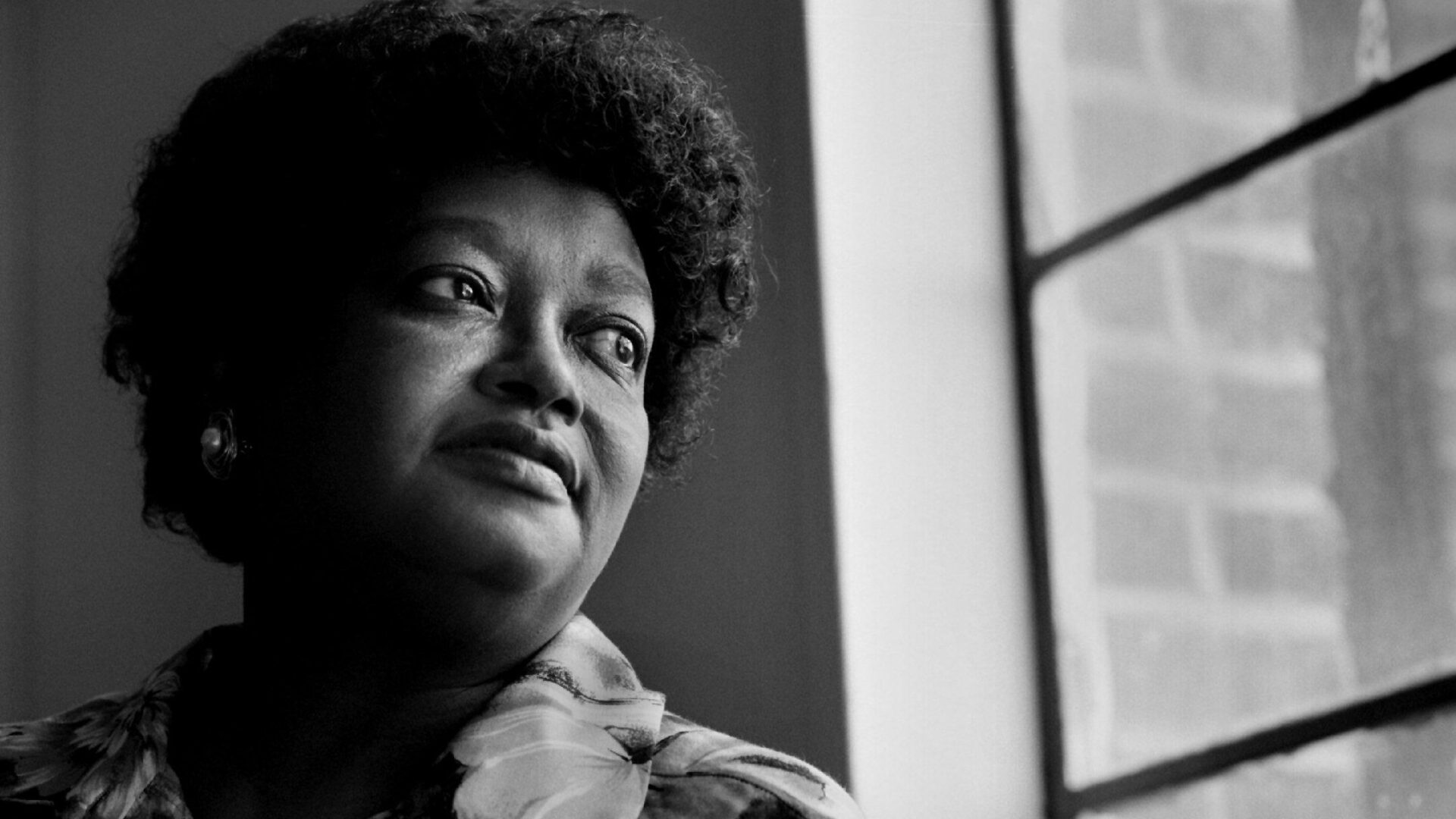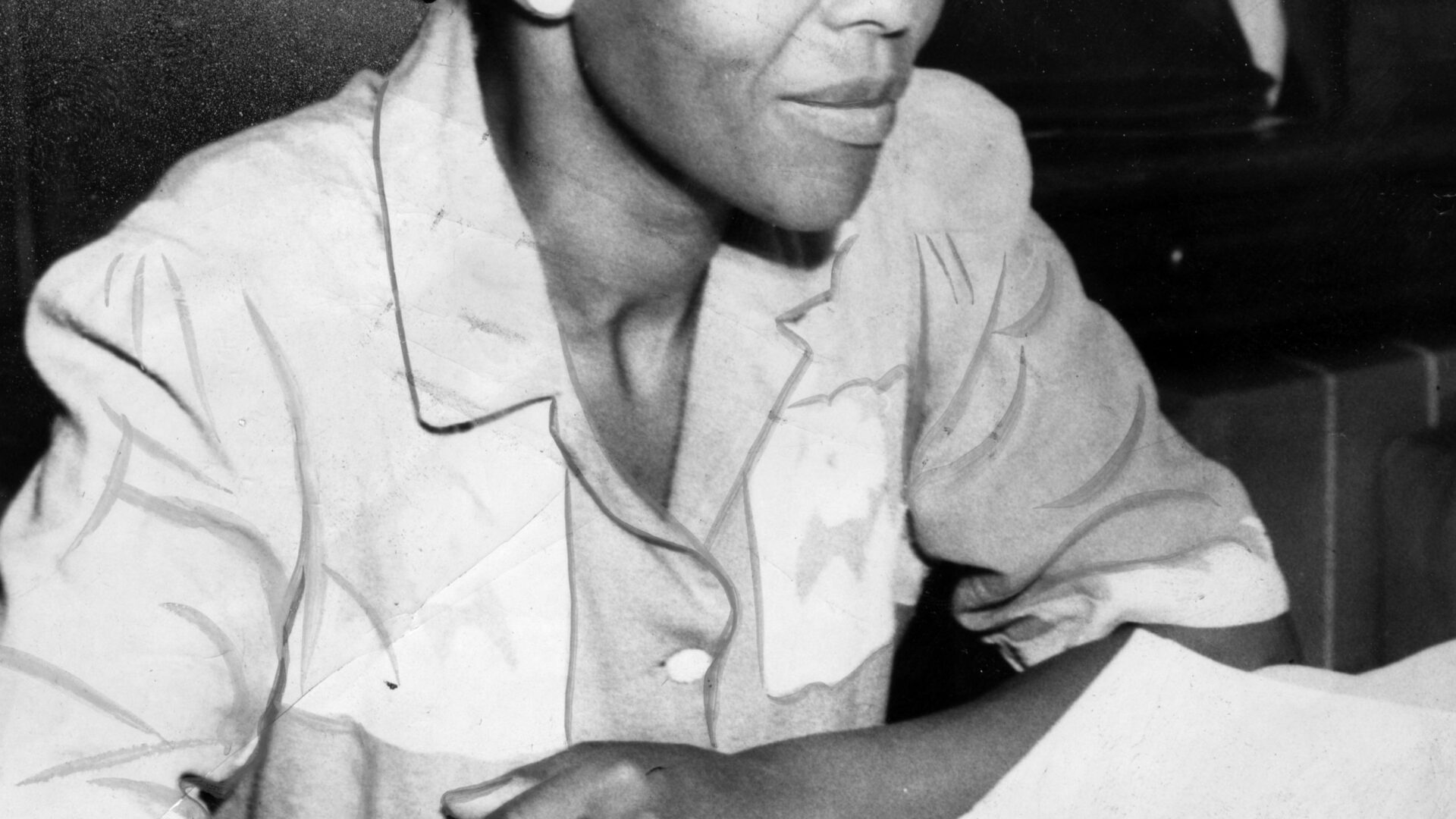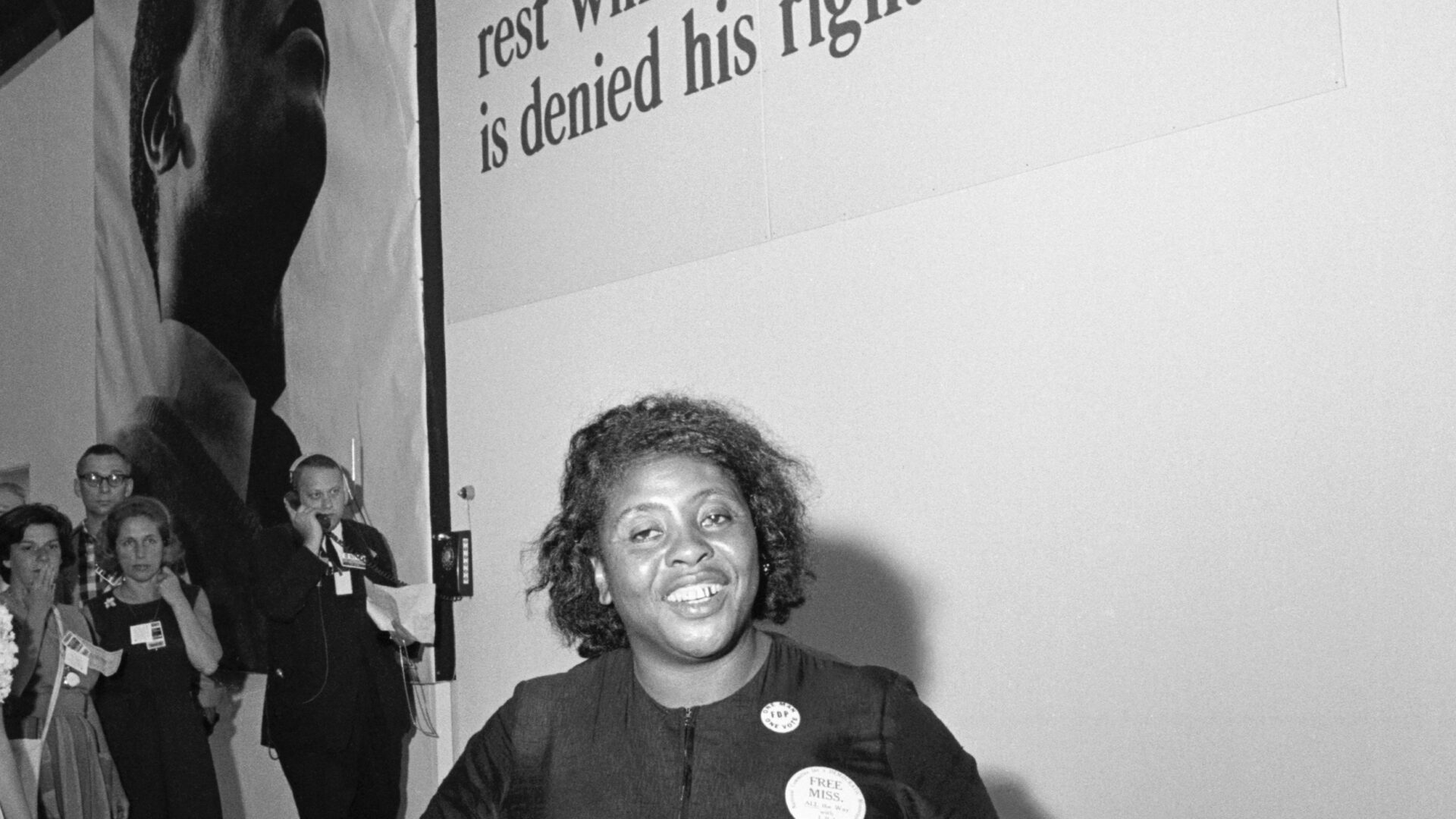
Many have heard the names Martin Luther King Jr., Medgar Evers, and John Lewis. Still, few are familiar with the women supporting and helping them — like Ella Baker, Fannie Lou Hamer, and Claudette Colvin. These are just a few Black women (and girls) who dedicated their lives to fighting racism. If Black men were the head, Black women were undoubtedly the neck of the Civil Rights Movement.
Unfortunately, many of their stories remain untold, but why? Despite Black men and women coming together to dismantle white supremacy, sexism would often permeate throughout the various organizations’ leadership. As a result, many of the women involved became disillusioned and would later separate from the movement entirely.
Bureaucracy within the leadership was also an issue for many female members, especially for Ella Baker. She played an integral role in some of the most influential organizations of the time, including the NAACP, Martin Luther King’s Southern Christian Leadership Conference (SCLC), and the Student Nonviolent Coordinating Committee (SNCC).
Read ‘Fannie Lou Hamer Inspired Me To Learn More About Food Justice’
However, throughout her journey and later collaboration efforts with other organizations, she grew increasingly tired of the Black church’s reach within the movement. Baker was a proponent of communicating with the people, and in her opinion, if you “give light, people will find the way.” For the Virginia native, being an activist wasn’t about being on television or plastered all over newspapers — it was about “putting together pieces” and forming a robust organization.
She fiercely believed that “strong people don’t need strong leaders.” Unfortunately, like so many other women, her contributions and legacy were beginning to fade from view. However, her work will live on thanks to people like Van Jones and Diana Frappier — the founders of Ella Baker Center for Human Rights.

Portrait of American Civil Rights activist Ella Baker (1903 – 1986), the NAACP (National Association for the Advancement of Colored People) Hatfield representative, as she sits behind a desk covered with paperwork, Washington DC, September 18, 1941. (Photo by Afro American Newspapers/Gado/Getty Images)
Ashley Chambers, Senior Communications Associate for the organization, noted how “ahead of her time” the activist was. Chambers said that since 1996, the organization has worked to empower other marginalized communities and also works as a hub for resources for mental health and substance services, community efforts, and more.
That said, while many women involved in the movement shared a similar story to Baker, others were allowed to be moved more into the forefront and enjoyed the spotlight. These women often fit a particular standard and had deep connections within the Black church — women like Rosa Parks. This is how she became the face of the Montgomery Bus Boycott after being arrested after refusing to give up her seat to a white man on a segregated bus, unlike 15-year-old Claudette Colvin, who had done the same thing nearly nine months earlier. Colvin’s background differed far from that of Parks.
She was darker-skinned, had more Afrocentric features, and eventually had a child out of wedlock. Parks was a modest, married woman and had been her local NAACP’s secretary for several years. Colvin told NPR in a 2009 interview that she believes Parks was a “good icon” because she was assumed to be more reliable than a teenager. She also thought Parks had the “look” that Black leadership sought. “Her skin texture was the kind that people associate with the middle class,” Colvin said.
“She fit that profile.” Immediately following Colvin’s arrest, she was shunned by her fellow community and had been labeled an “inappropriate symbol” for the bus boycott. On the other hand, Parks was hailed as a hero and named the “first lady of civil rights.” Like Baker and Colvin, Fannie Lou Hamer, the iconic sharecropper turned activist, was also erased and pushed into the background, primarily because she did not fit the preferred aesthetic. She was also of a darker hue and a full-figured woman, but despite that, Hamer was a powerhouse and didn’t let how she was perceived or looked stop her from speaking out against injustice.

04/07/98 CREDIT: Dudley M. Brooks. American Civil rights activist Claudette Colvin, 7th April 1998. On March 2, 1955, at the age of fifteen, Colvin was arrested for not giving up her seat to a white person in Montgomery, Alabama.
The Mississippi native was vital in registering Black voters across the South. She also founded (and was the vice-chair of) the Mississippi Freedom Democratic Party, which she represented at the 1964 Democratic National Convention, where she gave a rallying speech, saying her famous quote, “I’m sick and tired of being sick and tired.”
During her speech, she spoke to the often “passive-aggressive and segregated nature of the official Democratic Party in Mississippi,” said Joy Davenport, one of the researchers (and director) for the documentary Fannie Lou Hamer’s America, which was featured on PBS in 2022. Davenport pointed out that despite entering activism later in life and facing numerous setbacks, “her voice eventually shook the halls of power, and the echoes of that voice are still reverberating today.”
Hamer’s niece, Monica Land, and the project’s producer shared a similar sentiment. Land believes it’s essential to acknowledge Hamer for all her work and importance to family and community. “Everyone always came to Aunt Fannie Lou,” Land says. “She would give anyone in need the shirt off her back or her last red cent if need be.” In her opinion, Hamer’s legacy is the impact she left on the people she met and the doors she opened for other Black women to walk through.
On the other hand, when it comes to today and how Gen Z approaches activism, things have changed, and maybe even for the better. Charmeka Newton, a psychologist at Legacy Mental Health and author of the book Black Lives Are Beautiful, believes Millennials and Gen Z are far more open-minded than their predecessors.

(Original Caption) 8/25/1964-Atlantic City, NJ- Convention Hall. Mrs. Fannie Hamer, member of the Mississippi Freedom Democratic Party, was one of the exciting highlights of the National Democratic Convention.
Newton noted that social media plays a massive role in how people can amplify their messages. “Gen Z activists seek authenticity not only in the messages conveyed but also in the actions and intentions of movement leaders and organizations,” she says. Whitney Barkley, a college instructor for the University of Dayton and author of the book Hey, Black Girl!, is one of the many young millennial/Gen Z women working to continue on the legacy of the women before them.
Barley noted that “it’s very important” to remember where we started and where we are now. She, like Newton, agrees that social media has played a vital role in helping them gain traction for their various efforts. “There are a lot of doors that are open today that weren’t back in the day,” Barkley said. She plans to continue working as a lighthouse for young Black women and hopes she can do her best to honor the women before her.
The stories of women like Baker, Colvin, Hamer, and the other unsung heroes deserve to be shared and remembered. Without their sacrifices, it’s fair to say Black women (and people as a whole) wouldn’t have gotten as far as we did. Black women were an integral part of the civil rights movement. Black women were the ones on the ground, working with the community, organizing, and having meaningful conversations. That said, this isn’t to take away from the contributions of Black men but also to shine a lot on the excellent work of Black women, and it should be honored not only during Black History Month but every day.